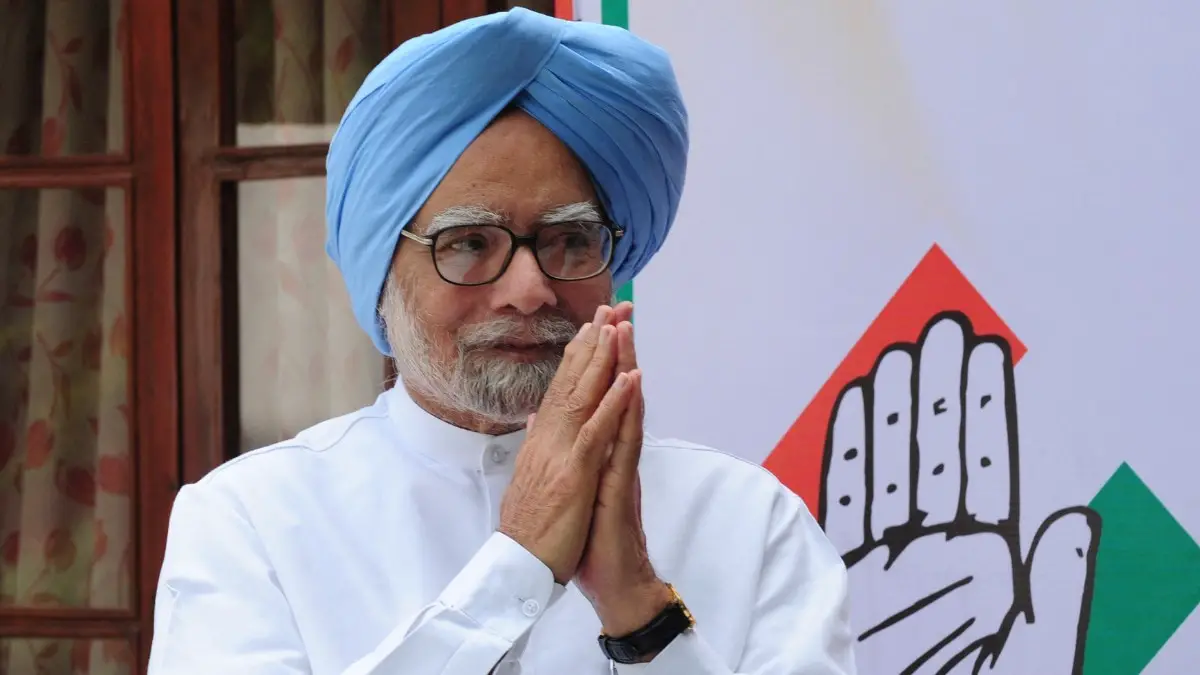Former Prime Minister and senior Congress leader Manmohan Singh died in Delhi on Thursday after prolonged illness. He breathed his last at the age of 92. He was admitted to AIIMS, Delhi after suddenly fainting on Thursday evening. AIIMS said in a statement that Manmohan Singh suddenly fainted at home on December 26 and was brought to the medical emergency of AIIMS (New Delhi) at 8.06 pm. Despite all efforts, he could not be saved and he was declared dead at 9.51 pm.
He laid the foundation of many revolutionary reforms that liberalized the economy. He had a 5 decade long career in bureaucracy and politics.
– 1954: Received Masters degree in Economics from Punjab University.
– 1957: Economic Tripos (3-year degree programme) from the University of Cambridge
– 1962: D.Phil in Economics from Oxford University
– 1971: Joined the Government of India as Economic Advisor in the Ministry of Commerce.
– 1972: Appointed Chief Economic Advisor in the Finance Ministry
– 1980-1982: Member of the Planning Commission
– 1982-1985: Governor of the Reserve Bank of India
– 1985-1987: Served as Deputy Chairman of the Planning Commission
– 1987-1990: Secretary-General of the South Commission in Geneva
– 1990: Appointed advisor to the Prime Minister on economic matters
– March 1991: Appointed Chairman of University Grants Commission
– 1991: Became Rajya Sabha member from Assam for the first time
– 1991-1996: Finance Minister under PV Narasimha Rao government
– 1998-2004: Leader of opposition in Rajya Sabha
– 2004-2014: Prime Minister of India
Manmohan Singh was the modern architect of Indian economy
Dr. Manmohan Singh is considered the modern architect of the Indian economy, he started social welfare programs like Rural Employment Guarantee Scheme and National Rural Health Mission. Not only this, during the economic crisis (2008), strong policy interventions were made to save India from recession.
